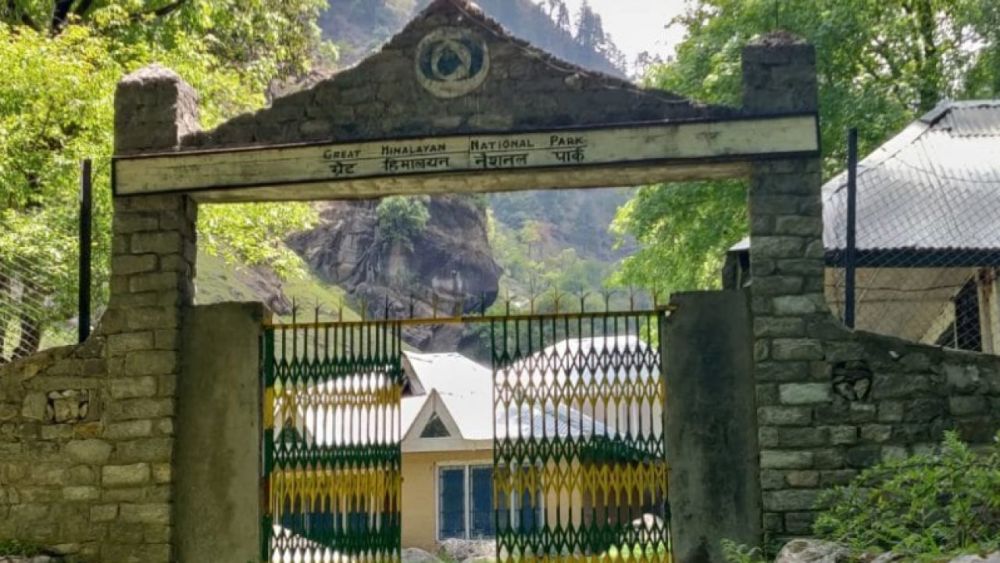

The Great Himalayan National Park (GHNP), located in the Kullu region of Himachal Pradesh, India, is a prime example of nature's splendor nestled in the majestic Himalayas. The GHNP was constituted in 1984, but it wasn’t until 1999 that it was officially gazetted as a National Park, covering an area of 754.4 square kilometers. With its rich biodiversity, stunning landscapes, and remote wilderness, it has attracted nature lovers and adventure seekers from around the globe.
The early years following the establishment of the Great Himalayan National Park were largely characterized by the exploration of its untouched terrains by conservationists, researchers, and a small number of trekkers. The infrastructure for tourism was minimal, and the park was a well-kept secret among the most intrepid travelers.
Tourism gradually began to bloom in the late 20th and early 21st centuries, as more people sought the tranquility and challenge of the Himalayas. The local communities started to recognize tourism as an economic opportunity, which led to the development of eco-tourism and sustainable tourism practices. Home-stays and guided treks became more common, allowing visitors to experience the region’s culture and natural beauty while providing livelihoods for the local population.
In June 2014, the park received global recognition for its outstanding biodiversity and was inscribed as a UNESCO World Heritage Site. This accolade significantly increased international awareness and interest in the GHNP, leading to a substantial influx of tourists. Educational tourism also saw a rise, with students and researchers coming to study the park's unique flora and fauna.
The latest trends in tourism at the Great Himalayan National Park revolve around sustainable and responsible travel. Visitors are encouraged to minimize their impact on the environment and participate in conservation efforts. The emphasis is on immersive experiences, such as wildlife watching, trekking to remote villages, and joining in local festivals. Adventure tourism has taken center stage, with activities like river rafting and rock climbing gaining popularity. Moreover, there is a growing interest in yoga and meditation retreats within the serene environment of the park.
The COVID-19 pandemic had a significant impact on tourism worldwide, and GHNP was no exception. The park saw a decline in visitors due to travel restrictions. However, as the situation improves, GHNP is seeing a gradual return of tourists, with heightened interests in outdoor and isolated destinations perceived as safer and health-promoting.
As GHNP continues to recover and adapt to the post-pandemic world, the focus on promoting ecotourism and preserving the cultural heritage of the region remains strong. The park authorities, together with local communities and tourism stakeholders, are working towards creating a sustainable model of tourism that balances ecological conservation with the socioeconomic development of the area.
In conclusion, the history of tourism in the Great Himalayan National Park is a testament to the transforming power of travel, as it shapes and is shaped by the natural wonders and cultural riches of this magnificent part of the Himalayas.